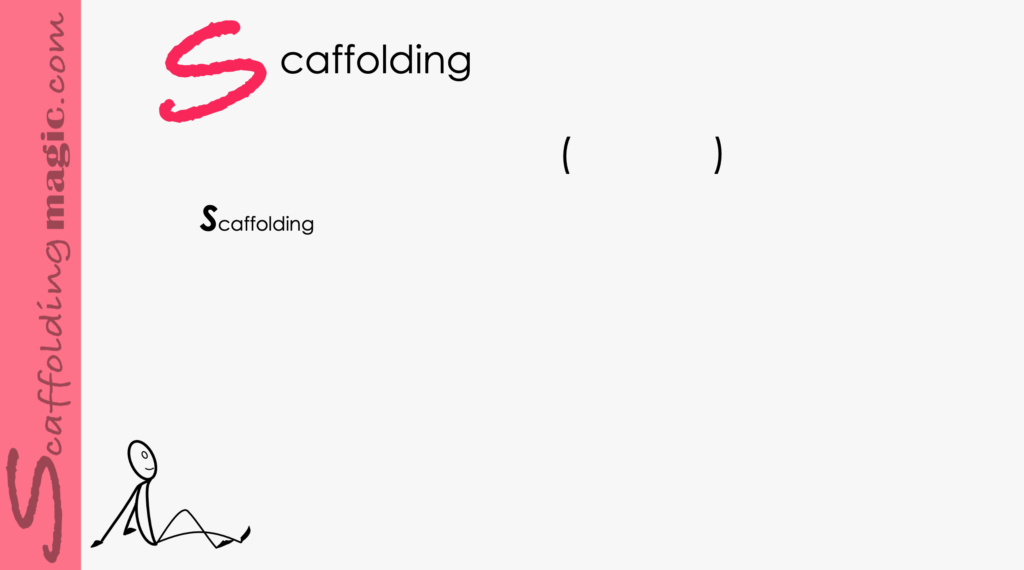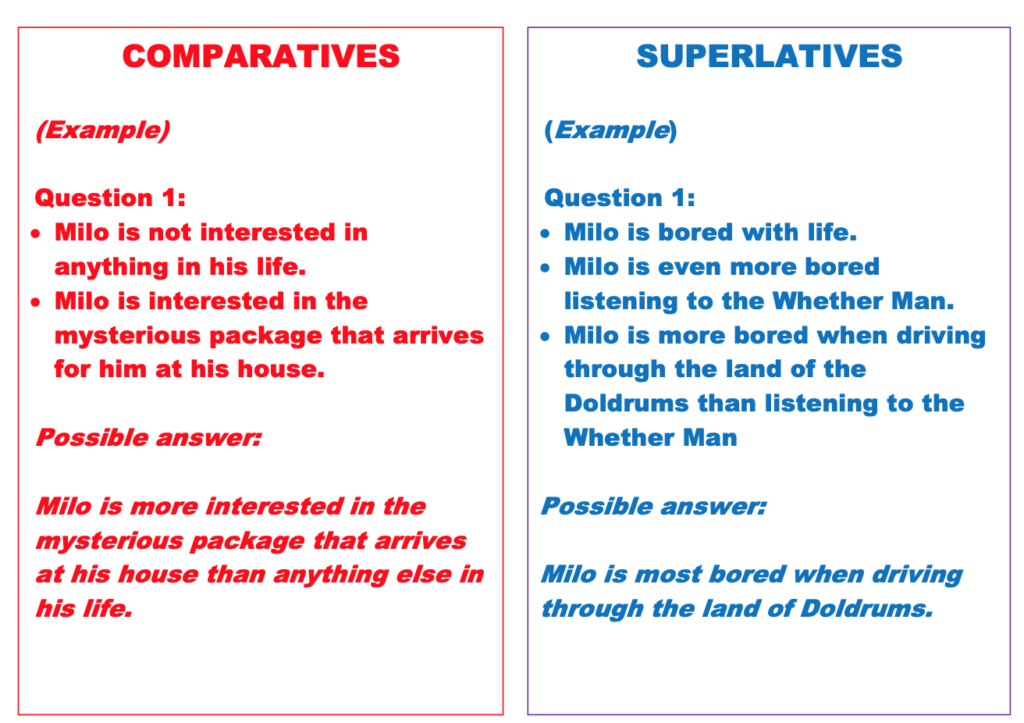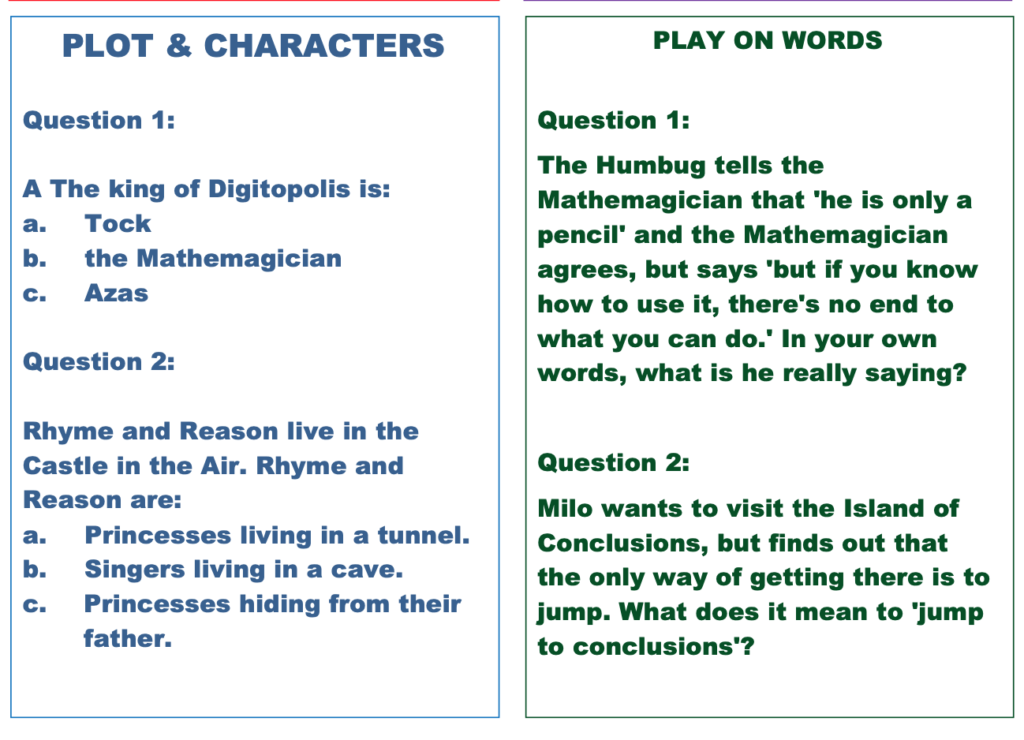You caught a beauty!!!
Download PDF of scaffold here.
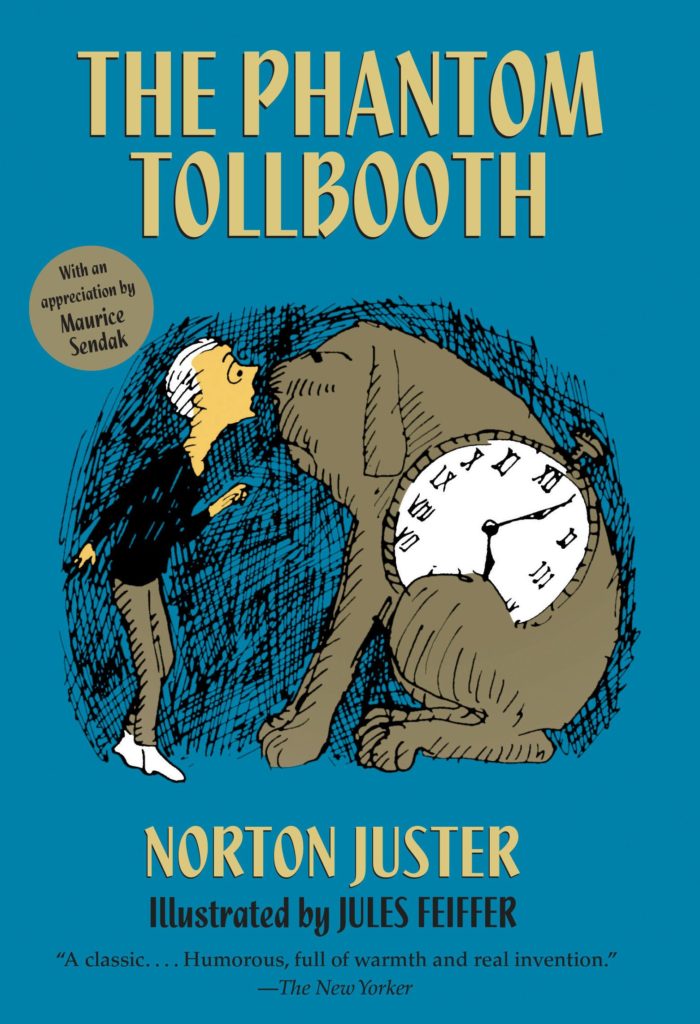
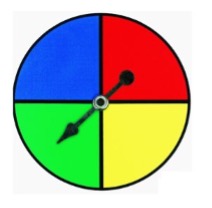
Download PDF of scaffold here.
theory behind the scaffold…
You are a language teacher and cannot conceive of a world in which you cannot teacher grammar. Your CLIL (Content and Language Integrated Learning) course has drilled into you over and over again that extracting grammar from any context is a big no-no. Okay. So…put it in context! It’s so much easier than you think, and so it will be so much more meaningful, so much more enjoyable, and so much more effective in the short- and long-term.
‘How’? you ask! Don’t worry – we’ll show you! Follow the Step by Step below and you’ll enjoy this even more than your students. And hold on…we’re going to show you an example that crosses subjects, in other words, we are going to use a story that makes the scaffold interdisciplinary – it includes maths, social science, art and language. Not bad, eh?!
In the end, this helps you get very focused. When you plan lessons with learning objectives that include academic language, and grammar, you’re giving your students an enormous gift; studies show that students who know the appropriate structures for specific subjects (passive in Science, past tense in History, comparatives and superlatives in Art and Music), feel more confident, and so express themselves more clearly.
This scaffold is an example of a way of reinforcing the comparative and superlative structure, using as the background the multi-layered tale The Phantom Tollbooth by Norton Juster. The story is a spring board for profound discussions on character, ethics, choices, etc. It’s a collection of play on words and numbers, puns and logic, and profound insights and so this scaffold is a perfect way to introduce students to some of the concepts, so that they become adept at using the academic language and are familiar with some of the concepts even before beginning. You’ll see how you can adapt this scaffolding technique to any other books or texts you are going to use in your classes, or your favourite one!
step by step…
1. Choose a one of your favourite stories (you might as well enjoy this as much as possible, so share a story that’s meaningful to you. In this case we’ll use examples from The Phantom Tollbooth.)

- Think about the plot of the story and divide it up into different logical categories: a) comparative statements, b) superlatives statements, c) Plot and Characters and d) Play on Words.
- Write these categories as questions – 10-15 questions in each category. (See below for examples.)
- Place the questions into the template.
- Make a set of questions for each group of students.
Note: Since this is a scaffold, the students will not yet have read the story, so the questions about the plot and characters need to be phrased so that they can be answered through logic and inferencing. They will find later that they have interacted with many facets of the story during the game, so they will begin reading it with a level of comfort without much effort.
- Each group receives a spinner and a set of the questions you’ve prepared.**
- Students play the game.
- Read the story.
- Formative assessment: Groups spend 10 minutes summarising the information from the activity and come to a conclusion on what they believe the story is about. By sharing their conclusions, you’ll know if they’ve assimilated the information from the game.
- Reflection: Students write 100-150 words on how this activity changed the way they read the book – whether the different learning styles (kinesthetic, verbal, cooperative) helped them feel differently about their ability to understand the material.***
*The value of using stories in lessons is well-documented. ‘Stories should not be construed as time-out from the serious business of teaching. Rather, they should be an integral part of lesson planning and presentation.’ (Noddings, Nel (1997), ‘The Use of Stories in Teaching’, Chapter 2 New Paradigms for College Teaching. 1997. Wm. E. Campbell & Karl A. Smith, Eds. Interaction Book Company.)
**Try giving the students the answers to the questions only if they need them. Let them have the opportunity to become responsible and more mature learners by using critical thinking techniques.
***It’s important to add this element of writing. First of all, it’s a concrete way of synthesising the activity, it helps students be more aware of lesson planning, more aware what elements helped them process information, and finally, helps them become more conscious of their own learning styles.
Possible key for game:
- Red = Comparatives
- Blue = Superlatives
- Green = Mathematical concepts
- Yellow = Story plot
Click on the spinner to download a template.

*The value of using stories in lessons is well-documented. ‘Stories should not be construed as time-out from the serious business of teaching. Rather, they should be an integral part of lesson planning and presentation.’ (Noddings, Nel (1997), ‘The Use of Stories in Teaching’, Chapter 2 New Paradigms for College Teaching. 1997. Wm. E. Campbell & Karl A. Smith, Eds. Interaction Book Company.)
example of questions for game…


Scaffoldingmagic.com is your entryway into DYNAMIC bilingual learning methodologies, such as Phenomenon-Based Learning, CLIL, EMI, and ESL. You’ll find ways to implement critical thinking tools (DOK) to promote higher level thinking, the growth mindset, instill an ethic of excellence, deep reflection on learning, and all through multi-cultural, interdisciplinary activities. We have the keys to turning competences into action and to creating collective efficacy in your school so you move ahead as a unified, enthusiastic team.

